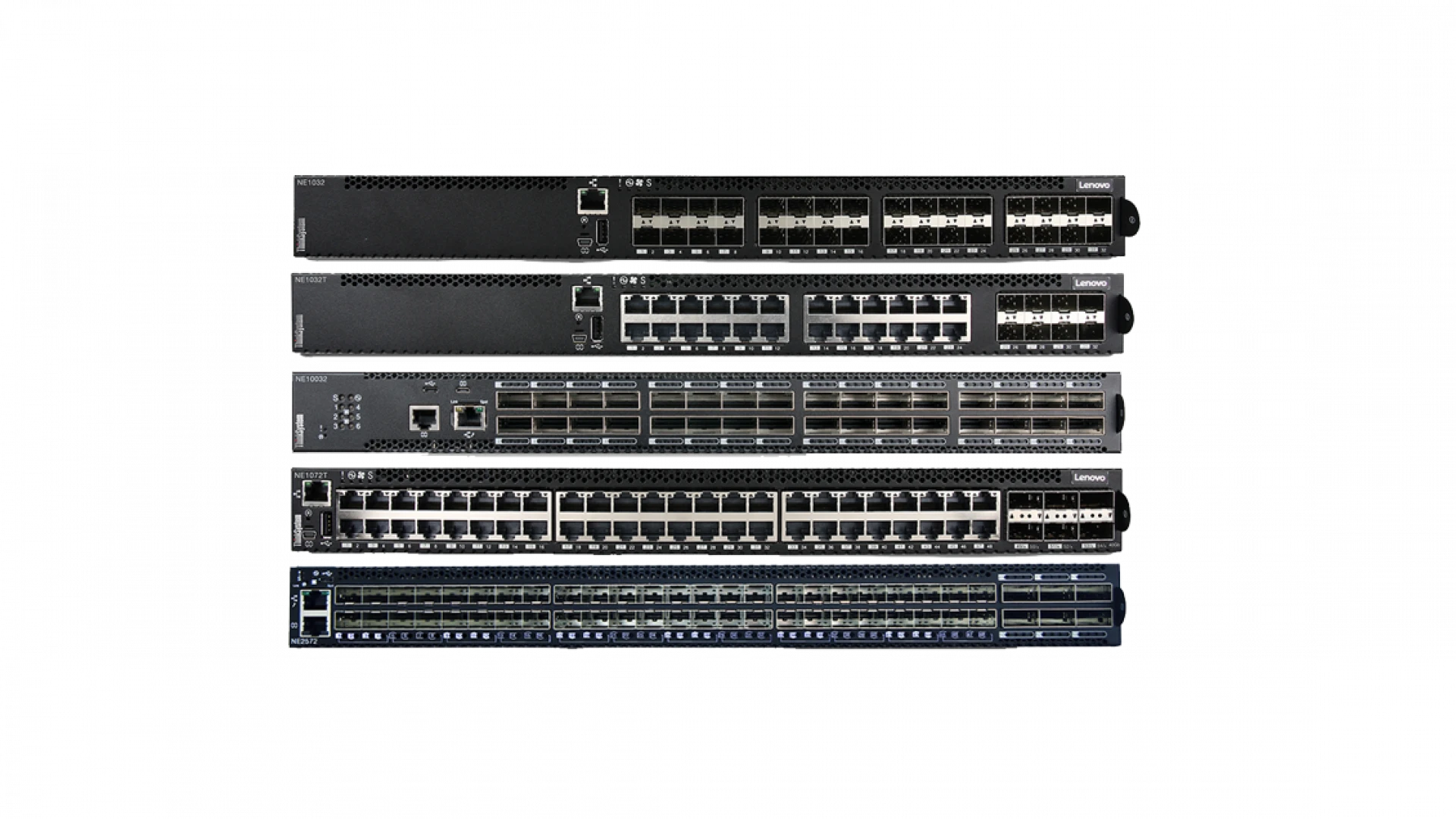Essential Features You Should Always Look for in a Network Switch.
When it comes to building a robust and reliable network, the network switch plays a crucial role. Whether you're setting up a small office network or managing a large enterprise infrastructure, choosing the right switch can significantly impact your network's performance, security, and scalability. Below are some essential features you should always look for in a network switch.
1. Port Density and Speed
Port density refers to the number of ports available on the switch, which determines how many devices can connect to the network. Ensure the switch has enough ports to accommodate current needs and potential future expansion. Additionally, consider the speed of the ports, typically ranging from 1 Gbps (Gigabit Ethernet) to 10 Gbps or even 100 Gbps in high-performance environments. Choose a switch that matches your bandwidth requirements.
2. Power over Ethernet (PoE)
Power over Ethernet allows a switch to supply power to devices like IP cameras, phones, and access points directly through the Ethernet cables. This feature is invaluable for reducing the need for separate power sources, simplifying installation, and ensuring network devices remain powered even during outages, provided the switch is connected to a backup power supply.
3. Managed vs. Unmanaged Switches
A managed switch offers advanced features such as VLAN support, Quality of Service (QoS), and traffic monitoring, allowing for greater control over network traffic. These switches are ideal for larger, more complex networks where performance and security are paramount. On the other hand, unmanaged switches are simpler and more affordable, making them suitable for smaller, straightforward networks where ease of use is a priority.
4. Layer 2 and Layer 3 Capabilities
Layer 2 switches operate at the Data Link layer, handling MAC addresses and forwarding packets within the same network. Layer 3 switches, however, can perform routing functions, allowing them to manage traffic between different subnets or VLANs. If your network spans multiple subnets or you need routing capabilities, a Layer 3 switch is essential.
5. Security Features
Network security is critical, and your switch should offer features like port security, Access Control Lists (ACLs), and 802.1X authentication to help protect against unauthorized access and network threats. Advanced features such as DHCP snooping, IP source guard, and Dynamic ARP Inspection (DAI) can further enhance the security of your network.
6. Quality of Service (QoS)
Quality of Service ensures that critical network traffic, such as VoIP or video conferencing, is prioritized over less important traffic. This feature is crucial in environments where different types of data are transmitted simultaneously, helping to avoid delays, jitter, and packet loss, ensuring smooth and reliable communication.
7. Scalability
Your network is likely to grow over time, so it's essential to choose a switch that can scale with your needs. Look for switches that support stacking or modular configurations, allowing you to add more switches as your network expands without replacing your existing infrastructure.
8. Redundancy and Reliability
Redundancy features like Spanning Tree Protocol (STP) and Link Aggregation Control Protocol (LACP) ensure that your network remains operational even if a switch or link fails. These features are crucial in minimizing downtime and ensuring business continuity in mission-critical environments.
9. Energy Efficiency
Energy-efficient switches consume less power, reducing operational costs and environmental impact. Look for switches with Energy Efficient Ethernet (EEE) or other energy-saving technologies, which can significantly lower power consumption during periods of low network activity.
10. Vendor Support and Warranty
Finally, consider the level of vendor support and the warranty offered with the switch. A good warranty and responsive technical support can save you time and money in the long run, ensuring that any issues are promptly addressed and your network remains reliable.
Conclusion
Choosing the right network switch is a critical decision that can have lasting impacts on your network's performance, security, and scalability. By considering the essential features outlined above, you can make an informed decision that meets your organization's current and future needs. Whether you're upgrading your existing infrastructure or building a new network from scratch, investing in a high-quality switch is a step toward ensuring a robust and reliable network.


